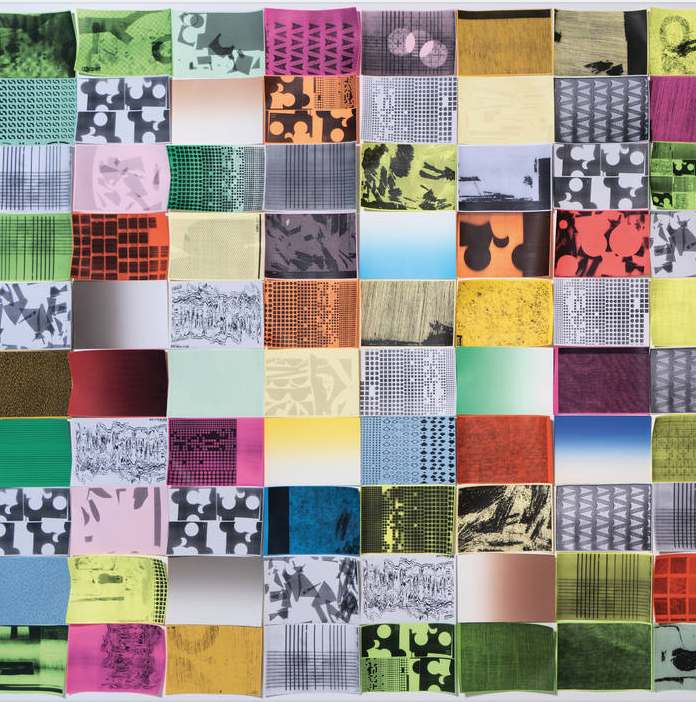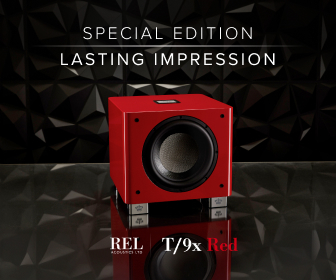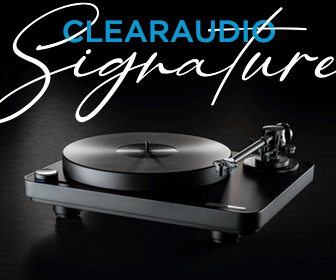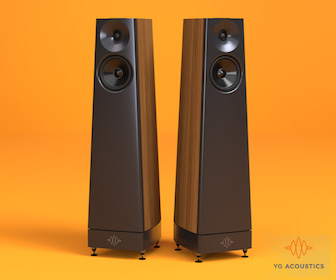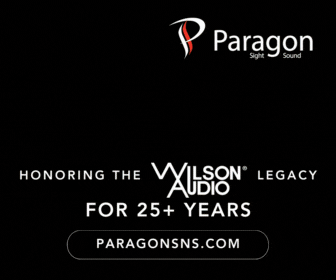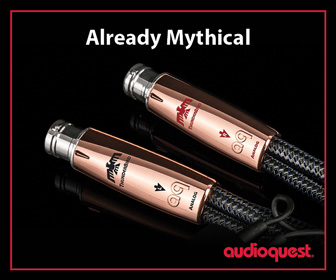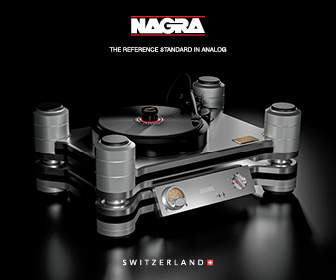Gliding Through Everything With Four Tet
A new release from English electronic producer Kieran Hebden
“Ambient is the space, the afterglow left when the centre has collapsed. It’s in the amorphous, beatless oscillations of post-rock, the multiple releases of abstract electronica which criss-cross the twenty-first-century skies like fading vapour trails. It implies an absence of subject.”
David Stubbs, “Mars by 1980, The Story Of Electronic Music”, Faber & Faber, 2018, p304
Kieran Hebden (aka Four Tet) is an English electronic producer who does not necessarily make ambient music, but the textures and features of ambient music drift elegantly into his music from time to time. Musical genres can be a useful guide or an irritation, creating limitations and expectations which artists and listeners alike find either worthwhile or troublesome; and yet somehow genres which describe manifestations of music and sound are multiplying. An insightful demonstration of the flawed cultural value of musical genres can be found here - Matt Daniels and Michelle McGhee produced this concise briefing of the exponential growth of Spotify genre labels over the past six years, now counting over 6,000, including 2023 additions “broken transmission”, “chill house”, “lo-fi sleep”, “instrumental hip-hop”, “synth prog”, “hypnagogic pop” and “ambient synth”. The writer observes about these perpetual re-definitions: “I see this effort in the same way I see taxonomy: technically accurate, colloquially useless.” We navigate by these stars, and yet they often lead us off course.
Dealing as we are with analogue physical formats here on this site, specifically vinyl, it is troubling to imagine how the employees of a bricks-and-mortar record shop might respond to the demands of such microscopic Spotify categories: “Should I file the Four Tet LP under ambient synth or hypnagogic pop?”. Unless the record shop in question is on the larger side, there would be more genre dividers than individual LPs.
Leaving genre labels aside, it is possible to draw mild comparisons between the music of Four Tet and Aphex Twin, or DJ Shadow, or Boards Of Canada. However, apart from the occasional rhythmic similarities or prevalent use of synthesis, there is just as much to distinguish between these contemporaries as there are resemblances. 20th century Modernism in the arts suggested that every area of progress might yield the threshold of a new world, that artistic endeavours progressively broke down barriers if bourgeois traditions were left behind. This was partly false, of course. Experimentalism for its own sake sometimes yielded dead ends, failed processes, circular pathways. The cultural logic of the new frontier affected 20th century music just as much as painting; but after 600 years of oil paint, visual artists were still experimenting with visual forms. By the time Rothko or Pollock were taking an ancient medium and re-interpreting it, the avant grade in music and composition were using new instruments, new methods of representation and reproduction, new scales, and new technologies.
Music technology has now come of age. Learning the piano or violin was hard to begin with and hard to master; but electronic music tools are easy to start using and can be mastered (with effort) by a broader range of people than classically trained instrumentalists. Virtuosity is not in itself a reward for the electronic musician; experimental methods are encouraged by the tools themselves. After a couple of generations of techno, house and hip-hop music, these formats have stabilised and matured. In 2024, artists such as Four Tet are not pressured to be inventive for the sake of it. This album, while undoubtedly representing new sounds, unusual compositional forms and a novel listening experience, is not living on the bleeding edge of sonic extremism. Far from it - Three fits neatly into the (very accessible) Four Tet sound worlds of New Energy (Text Records, TEXT046, 2017) and Sixteen Oceans (Text Records, TEXT051, 2020).
If a casual listener took a random listen to a Four Tet playlist, he or she might reasonably describe his music using any one of the recently-invented Spotify genres above. However, the label most frequently hung like a millstone on Hebden’s work is “folktronica”, an ungainly portmanteau which pointed to his early interest in organic or acoustic sounds and his sample-focused method of electronic composition (see Round (Domino Recordings WIGLP126/DNO 014LP, 2003) or Pause (Domino Recordings, WIGLP94, 2001) for examples). The term “indietronica” describes a genre whose erstwhile proponents are unwilling to be associated with the word. Once again, the term attaches to Hebden’s music like cat hair on a velvet jacket. These words, instructive, deceptive or otherwise, give some idea of what Four Tet sounds like; but are there more exact words that we could use?
Some words I would apply to Four Tet include: abstract, reverberant, euphoric, textural, synthetic and arpeggiated. I would call this music abstract as it is oblique to its subject, not ‘lacking a subject’ as David Stubbs suggested about ambient music above. It exists at one remove from expectations, shifted out of line from easy definition. I use the term reverberant to refer to the spacious, often cavernous sonic environment in this recording. This spaciousness is self-consciously created and removed at will; a huge spatial experience will suddenly yield to a close, intimate sensation. The whole of the “Three” album is not euphoric, but frequent moments of sonic joy burst through the sometimes murky rhythms, unashamedly sunny, delightful and pleasing.
The textural nature of Four Tet’s sonic landscape is a fundamental aspect of all his recordings. Grit, smoothness, interweaving rhythms, clashing metal, liquid air, squelch and twang. Much of the sonic landscape mentioned above may be synthetic in nature, sampled, or a combination of both. The inventiveness of Hebden’s methodology allows synths to sound like acoustic sources, voices to behave like they came from a keyboard and samples to feel like organic material. Arpeggiation, the notes of a chord played in order to create a harmonic melody, (presumably, in this context, electronically generated) is everywhere on this album. Some of the most affecting examples use harp sounds; this is apposite, as the Latin word arpeggiare literally means “playing the harp”.
“Loved” opens side A with a sludgy, downtempo break, accompanied by plangent, minor key chords and a controlled sub-bass line emerging from between the kick drums. The shadowy, spacious feel is broken by clangorous metallic percussion. This could almost be a slowed down, Fender Rhodes soul-funk jam from 1974, remixed into a disconnected, misty instrumental piece, the traces of the original stripped of the human instrument and reconfigured in the sampler.
“Gliding Through Everything” provides the glistening, euphoric synthesis which typifies the Four Tet sonic world. Rippling synth dots spread across the lengthy beatless introduction; they remind me of the curious arpeggiator tool designed by Teenage Engineering on their OP-1 synth. The Tombola Arppegiator is visualised as a rotating device with controls for speed and direction into which one can drop notes - these notes then fall like rubber balls in the turning chamber, providing random repeats and combinations with an organic feel. In Hebden’s hands, these stippled tones give way to a slow, feedback drone, like a cello being played by a black hole.
The reverie is suddenly broken by “Storm Crystals”. Another downtempo breakbeat meanders amongst twanging, log drum synths and slow-attack tonal pads - the latter reminiscent of a stroked wine glass, resonant with overtones, a haze behind the percussive arpeggiated strings.
By now, much as I enjoy these slow, tripped-out beat jams, I am seeking a change in the rhythmic patterns. Cue “Daydream Repeat”, bringing just the bustling high-tempo pulse and energy boost required. A bumping, twitchy 4/4 rhythm gains a fizzing anticipation from a crispy hi-hat pattern. A mid-range bassline is eagerly trying to race ahead of the kick drums. Soon, a blissful harp arpeggio emerges into the light. This harp is euphoric, pastoral, and twinkling all at once, repeating with exuberance amongst the recognisable rhythmic elements of lightly-swung house music. Surging delays grow into feedbacking roars, including one especially dramatic overload of raging sound which will make you sit back from your speakers. This is the pulsing, joyous heart of the album; no key change or chord progression required, just a glistening arpeggio, a bouncing kick-and-bass and the sizzling, percussive high end.
Side B opens with “Skater”, another album favourite. An electric guitar arpeggio crosses with wiry, filigree guitar leads, while a chorus-laden third guitar line meshes into a minor key drift. Indistinct vocal utterances and a brooding bassline give air and depth, while fretted harmonics add a further layer of lacework guitar. All of this brings to mind the sound of 4AD bands from the 1980’s, such as This Mortal Coil, or Felt, or even the imperious 2002 track “Giving Up The Ghost” by DJ Shadow. “Skater” is harmonious, seductive post-rock; cinematic, and with no guitar heroics.
“31 Bloom” is a fidgety field of synth bleeps swirling around a chugging house pattern. Reverberant space opens up, swells, and fades away. Synthetic chirps and flickers rush around while booming, blooming surges of dark noise ring through the space. This might just be the abstract, perplexing sonic field to drop into a blacked-out dancefloor early in the morning; once the machine rhythm has taken leave, a blissful hypnotic tonal cloud emerges. The ambient textures quiet the racing mind, illuminating and purifying the sensorial world.
“So Blue” is a mournful synthetic study, slowly flowing from one minor chord to another, haunted by a sleek, distant female vocal. The downtempo, shuffling rhythm returns, merging with dusty secondary beats. The disparate elements are assembled into a reverberant whole dominated by keening synth melodies.
“Three Drums” picks up the pace a little, with a swirling tonal structure, a hopeful sounding synth pad and a polyrhythmic hi-hat pattern. Reversed melodies and an orchestral string section create movement and a stately, graceful feel. The sense of a swelling tonal cloud grows incrementally until it reaches a critical mass of load-bearing sound, fading into a synthesised field of phasing sweeps, electric guitar and a sampled female voice. The album concludes in this hazy drone, like an aerial shot over a sunkissed landscape in the final frames of a film.
The vinyl package is not a luxurious item but is a textural and material statement of simplicity. The full colour cover (photography by Jason Evans) appears to show a grid of photocopies on coloured paper; grainy, gritty images and tones spread across a studio wall. An A4 insert looks pretty much like one of these lo-fi abstract print-outs (mine came on standard pink office paper, depicting smudgy paperclips and Letraset). Other than these workaday but pleasing artefacts, the black vinyl 12” is punchy and clear; my copy is not unburdened by occasional surface noise, but on this occasion, I would have to say that the textural qualities of the music do not suffer terribly from the light crackles. The production methods and compositional style are robust enough that when the material of the playback medium becomes noticeable it does not ruin the listening experience (for me). However, I don’t accept this in modern record pressing any more than you should, so the score above for sound quality is graded accordingly. The runout is etched “Matt @ Metropolis” which suggests Matt Colton cut the lacquer; in the absence of other indications, he may have mastered the release too.
Interestingly, while these tracks possess plenty of sinewave bass pulses and gritty low-end rhythms, the pressing itself is not overburdened with low frequencies. The lighter, more airy sonic figures have greater dominance; there is a deep enough character to the playback, in a balanced manner, but this pressing is not a bass monster and will not foment domestic arguments. There is a good sense of spaciousness about the vinyl presentation, which is essential given the very expansive artificial reverbs at work in the production; when those dots of sequenced synth pinpricks flutter around the soundstage, it is very obviously but quite satisfyingly an electronic technique. I cannot be certain if all the rhythms are electronic, but there are some moments where the feel of a live drummer (possibly Hebden himself) brings a sonic impression beyond what is achievable “in the box”.
If you enjoy electronic instrumental music with a twist of unbridled joy rather than austere experimentation, then do explore this album. The subject of “Three” is sonic beauty and the way it interacts with darker, harsher electronic sounds. If that is not immediately to your taste but you maintain some curiosity about Four Tet, consider exploring “Morning/Evening” (Text Records, TEXT036, 2015), a delicious raga-inspired long-form work which samples the vocals of Lata Mangeshkar. Four Tet’s “Three” is not an ambient album, but ambient fragments subtly infiltrate the rhythmic structures, so just file it under “electronic”, and make up your own genre while you listen.




